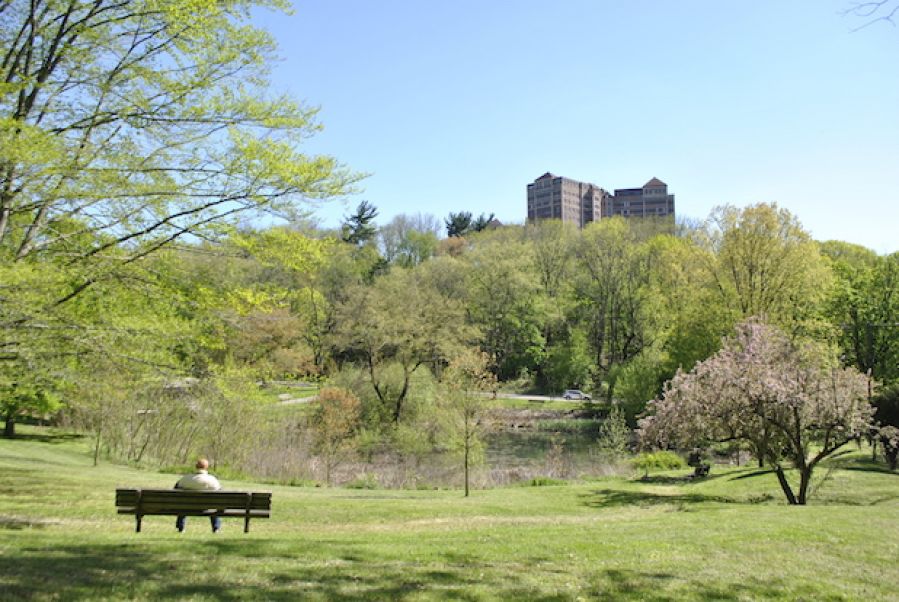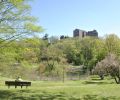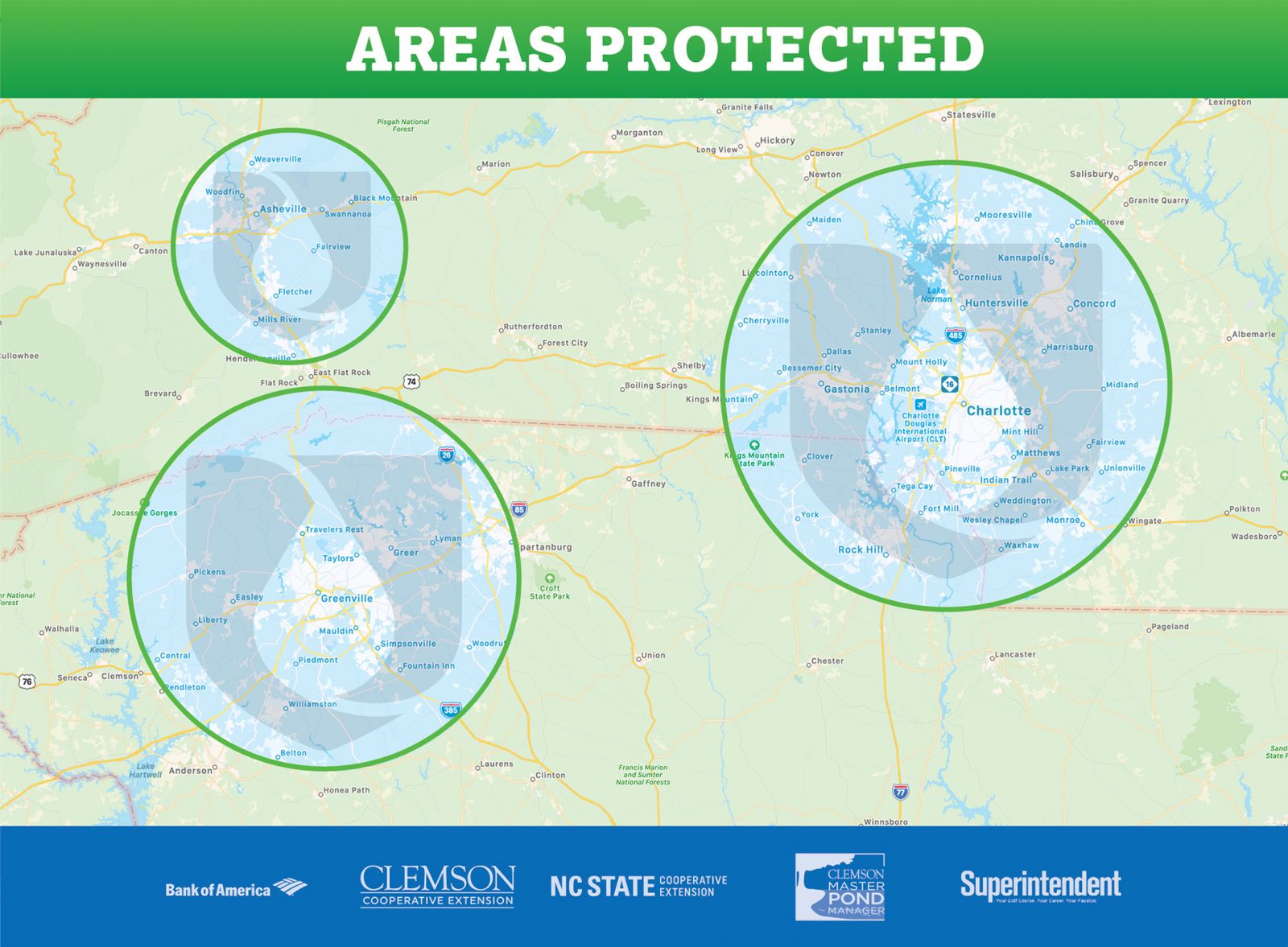
Stormwater wetlands are constructed wetland systems explicitly designed to combine the natural functions of wetlands to help remove pollutants from stormwater. Constructed wetlands can also provide for quantity control of stormwater by providing a significant volume of temporary water storage above the permanent pool elevation.
As stormwater runoff flows through the wetland, pollutant removal is achieved. Stormwater wetlands are designed specifically for the purpose of treating stormwater runoff, and typically have less biodiversity than natural wetlands both regarding plant and animal life.
However, as with natural wetlands, stormwater wetlands require a continuous base flow or a high water table to support aquatic vegetation (Iowa Stormwater Management Manual). There are different types of stormwater wetland. Each serves a different purpose.
Shallow Wetland
In the shallow wetland design, most of the water quality treatment volume is in the relatively shallow high marsh or low marsh depths. The only deep portions of the shallow wetland design are the forebay at the inlet to the wetland, and the micro-pool at the outlet.
One disadvantage of this design is that since the pool is very shallow, a relatively large amount of land is typically needed to store the water quality volume.
Extended Detention Shallow Wetland
The extended detention (ED) shallow wetland design is the same as the shallow wetland; however, part of the water quality treatment volume is provided as extended detention above the surface of the marsh and released over a period of 24 hours.
This design can treat a greater volume of stormwater in a smaller space than the shallow wetland design. In the extended detention wetland option, plants that can tolerate both wet and dry periods need to be specified in the ED zone.
Pond & Wetland Systems
The pond/wetland system has two separate cells: a wet pond and a shallow marsh. The wet pond traps sediments and reduces runoff velocities prior to entry into the wetland, where stormwater flows receive additional treatment.
Less land is required for a pond/wetland system than for the shallow wetland or the ED shallow wetland systems.
Pocket wetland
A pocket wetland is intended for smaller drainage areas of 2-10 acres and typically requires excavation down to the water table for a reliable water source to support the wetland system” (Iowa Stormwater Management Manual).
Now serving Greenville SC, Spartanburg SC, Asheville NC, Charlotte NC, Winston-Salem NC, & Greensboro NC areas.
Get started. Become a member today!



